Right on CUE: Cadillac's New Infotainment System Sets the Stage

Cadillac is prepping a new member to its stable. No, it’s not the Nurburgring-tested ATS we’ve heard oh-so much about. It’s also not the XTS flagship sedan that Cadillac has desperately needed these past few years. In fact, it’s not a car at all.
Get ready to say ‘Hello’ to the Cadillac User Experience, or CUE, which will be a new staple for the company moving forward. CUE is an infotainment system brought up to today’s ultra-modern high-tech standards.
Cadillac makes sure to mention that this isn’t a separate entity from the car, but an integrated piece that will be as reliable and comfortable to use as the vehicle itself.
Speaking to the CUE program engineering manager Jeff Massimilla, he describes CUE as “harmonious in design to the whole Cadillac experience.”
How did he come to this conclusion? Well, it started all the way back on the drawing board. Massimilla tells us that the user interface and industrial design came first and that they got together with the design studio and outlined what they wanted to do with CUE. “It’s a very design driven process,” he said. “User elements was a goal.”
Cadillac collected feedback from customers about infotainment systems across the industry to find that people felt frustrated with complex systems that had too many buttons.
From there, they studied consumer electronics like iPads; “stuff you could get from Best Buy,” he said. The CUE team modelled its interface to reflect how these gadgets worked. “We heard a lot of ‘Don’t teach me something new,’ from the customers.” Using these popular devices helped the team identify what will feel natural to the drivers.
“There are a number of input methods in CUE. [Multitouch] gestures are one of them,” Massimilla said. “Our thought on this was that with things like the iPad and iPhone, customers expect a touchscreen to [have gestures] like this.”
Readers may start to have flashbacks to the criticism of other touch screen based infotainment systems like MyFord Touch. Drivers complained that it was liable to crashes, freezing and needed system reboots in extreme cases.
Cadillac said that unreliable experiences are something they’re planning to avoid, but if problems do arise, they’re ready. “We will have a support hotline, website, maybe even apps in the future, to help if something comes up” Massimilla said.
In order to reduce the chance of issues affecting the CUE system, the engineering team tested interoperability of many devices that consumers are going to be connecting to the system, though an exact number of compatible devices was unavailable.
“We could have just used the two most popular mobile systems: iOS (Found in Apple devices), and Android devices, and covered about 80 percent of what the user would be connecting.” But covering most of the market wasn’t enough to satisfy the Cadillac team.
“We tested beyond just those guys. We test to a very higher percentage in the market,” he said, something that will continue as technology evolves. “We’ll test ‘X’ number of devices to make sure we maintain our high percentage of users.”
At CUE’s heart is an open-source operating system popular among computer programmers called Linux. Still the system design is all proprietary according to the company. “We started with what’s available, and expanded upon it.”
“The decision to customize the system was driven by security,” Massimilla said. “The idea of Linux and open source is great, but the security is a concern. You need to protect yourself.”
“We have an internal team that is responsible for add-ins to CUE,” the company said. Instead it plans to develop apps in-house that will be purpose-built for Cadillac drivers.
This parallel to the experience of other gadgets like cellphones and tablets extended to the hardware design choices of CUE as well. Mike Hichme, Cadillac’s engineering manager, told us that they share many of the same constraints as cellphone makers. In fact, CUE will use processors similar to what you’d find in your iPad.
“Using these processors keeps [electrical] consumption low,” Hichme said. Any additional power savings on the electronics system can help with gas consumption. He also mentioned it’s important to have a lean computer system to work well with electric vehicles as they launch.
We’re not quite sure what vehicle Cadillac may be producing as an EV or when to expect it, but the CUE team was eager to tell me that the first CUE system will be found in the XTS sedan coming late this Spring. Later this year CUE will also be seen in the new ATS sports-sedan and SRX crossover.

Sami has an unquenchable thirst for car knowledge and has been at AutoGuide for the past six years. He has a degree in journalism and media studies from the University of Guelph-Humber in Toronto and has won multiple journalism awards from the Automotive Journalist Association of Canada. Sami is also on the jury for the World Car Awards.
More by Sami Haj-Assaad



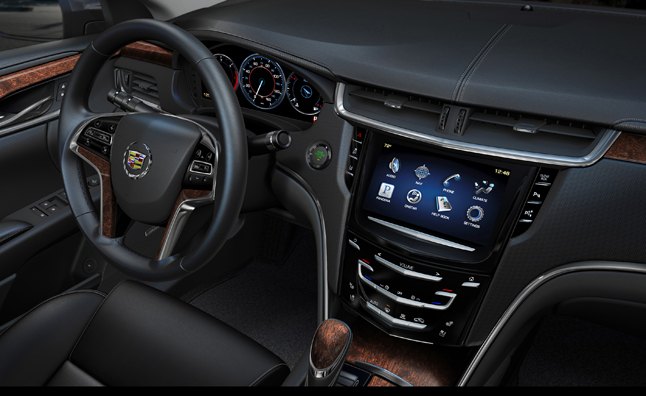














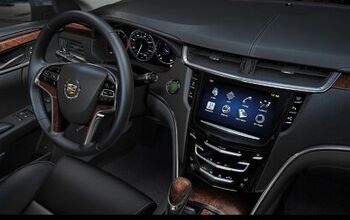
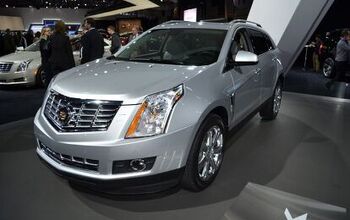
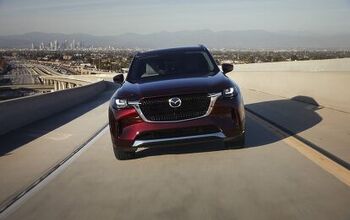

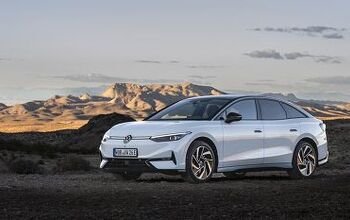
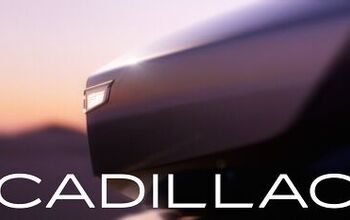

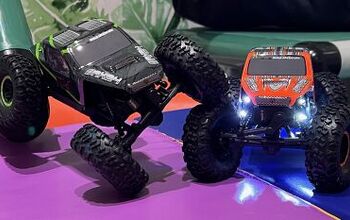


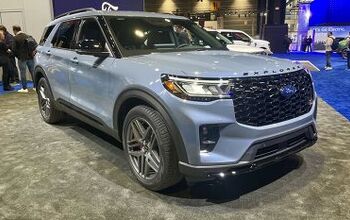




Comments
Join the conversation
NEW STAPLE, NEW HOPE............ volkswagen dvd gps: http://www.koason.com/indash-volkswagen-jetta-dvd-player-gps-navigation-two-way-canbus-ops-aircondition-radio-bluetooth_p6249.html
http://gt36.blogspot.com/2010/08/audi-r8.html Audi R8 http://gt36.blogspot.com/2010/08/electric-car.html Electric Car http://gt36.blogspot.com/2010/08/dodge-viper.html Dodge Viper http://gt36.blogspot.com/2010/09/toyota-camry-hybrid-concept.html Toyota Camry Hybrid Concept http://gt36.blogspot.com/2010/09/volkswagen-gti.html Volkswagen GTI